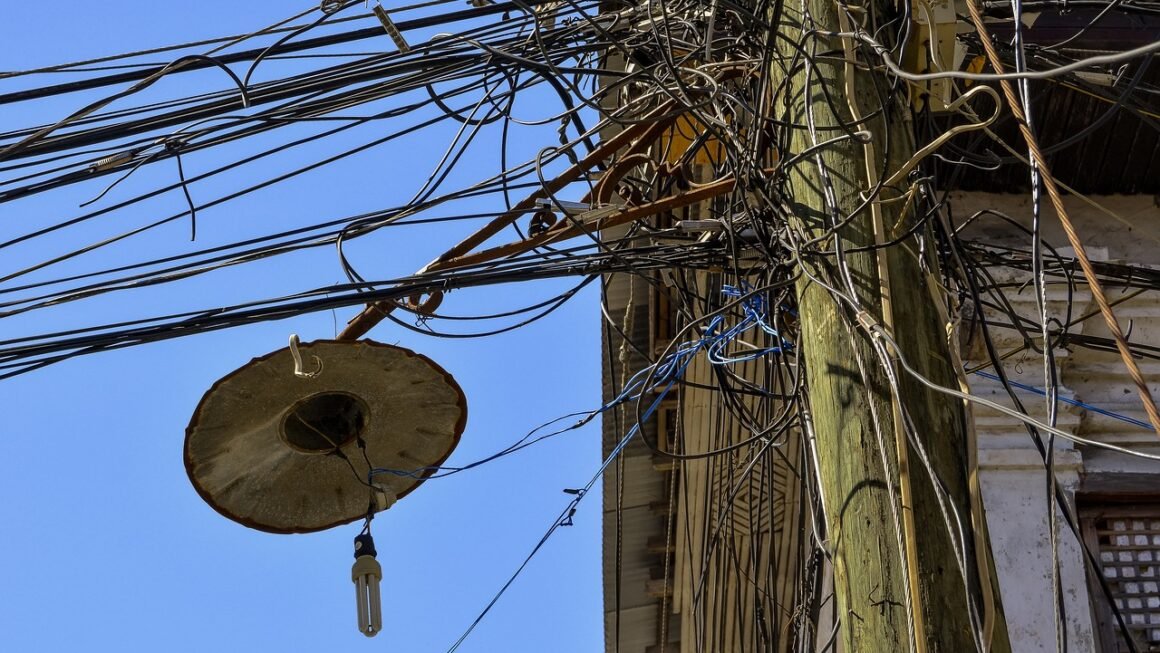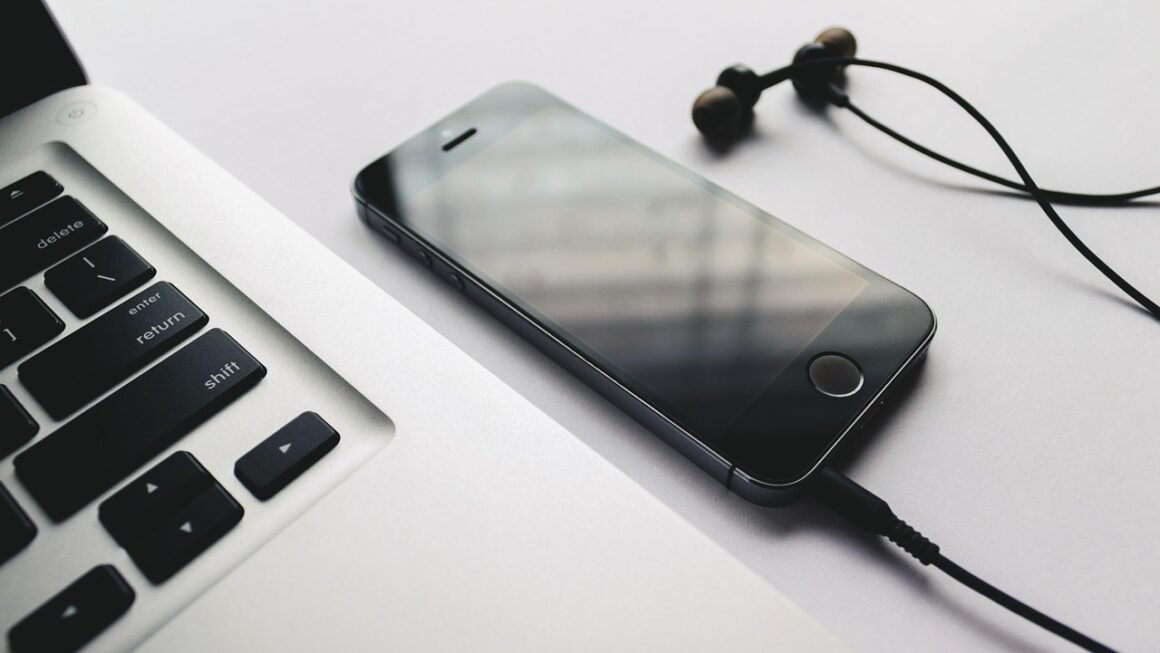Tired of your phone dying at the most inconvenient moments? In today’s fast-paced world, staying connected is more crucial than ever. A dead phone can mean missed opportunities, lost directions, or even a safety concern. That’s where the unsung hero of modern life steps in: the portable charger. This blog post will dive into everything you need to know about portable chargers, ensuring you choose the right one to keep your devices powered on, no matter where you are.
Understanding Portable Chargers: The Basics
Portable chargers, also known as power banks, are external batteries designed to recharge your electronic devices on the go. They come in various sizes, capacities, and features, catering to different needs and lifestyles. Let’s break down the fundamentals:
What is a Portable Charger?
At its core, a portable charger is a rechargeable battery housed in a protective casing. It stores electrical energy and can discharge it to power up your smartphones, tablets, laptops, and other USB-powered devices. Portable chargers are indispensable tools for travel, outdoor adventures, and everyday life.
Key Components of a Portable Charger
- Battery Cells: The heart of the portable charger, usually Lithium-ion (Li-ion) or Lithium Polymer (Li-Po). Li-Po batteries are generally lighter and more flexible in design.
- Charging Circuit: This circuit manages the charging and discharging process, protecting the battery from overcharging, overheating, and short circuits.
- Ports: Typically includes a USB-A output port to charge your devices, and a Micro-USB or USB-C input port for charging the power bank itself. Some models have multiple output ports or fast-charging capabilities.
- Indicator Lights: LEDs that display the remaining battery level of the portable charger.
mAh (Milliampere-hour) Explained
The capacity of a portable charger is measured in mAh. A higher mAh rating means the power bank can store more energy and provide more charges for your devices. For example:
- A 5000mAh power bank can typically charge a smartphone with a 3000mAh battery about 1.5 times.
- A 10000mAh power bank can charge the same smartphone around 3 times.
- A 20000mAh power bank can charge it approximately 6 times.
Choosing the Right Portable Charger for Your Needs
Selecting the perfect portable charger requires careful consideration of your devices, usage patterns, and budget.
Determine Your Device Needs
Start by identifying the devices you intend to charge with the power bank. Consider their battery capacities and charging requirements. For example:
- Smartphones: Typically require 3000-5000mAh.
- Tablets: Often need 7000-10000mAh.
- Laptops: May need 20000mAh or more and require Power Delivery (PD) support.
Consider the Capacity (mAh)
Calculate the total mAh needed based on your devices’ requirements and the number of charges you want per power bank charge. It’s always better to err on the side of higher capacity.
Portability and Size
- Pocket-sized (5000-10000mAh): Ideal for everyday carry and charging smartphones.
- Mid-sized (10000-20000mAh): A good balance between capacity and portability, suitable for tablets and multiple devices.
- Large (20000mAh+): Best for extended trips, laptops, and power users.
Features to Look For
- Fast Charging: Supports technologies like Quick Charge (QC) or Power Delivery (PD) for faster charging speeds.
- Multiple Ports: Allows you to charge multiple devices simultaneously.
- Pass-Through Charging: Lets you charge the power bank and your device at the same time.
- Durability: Look for rugged designs with drop and water resistance for outdoor use.
- Safety Features: Overcharge protection, overcurrent protection, and short-circuit protection are crucial.
Maximizing Your Portable Charger’s Lifespan
Proper care and maintenance can significantly extend the lifespan of your portable charger.
Charging and Storage Tips
- Avoid Overcharging: Disconnect the power bank once it’s fully charged to prevent battery degradation.
- Store Properly: Store your portable charger in a cool, dry place away from direct sunlight.
- Maintain Charge Level: Periodically charge your power bank, even when not in use, to keep the battery healthy. Aim for a charge level between 40% and 80% for long-term storage.
- Avoid Extreme Temperatures: Don’t leave your portable charger in hot cars or freezing conditions, as extreme temperatures can damage the battery.
Best Practices for Usage
- Use Quality Cables: Use high-quality charging cables to ensure efficient and safe charging.
- Avoid Using While Charging: Refrain from using the power bank while it’s being charged to prevent overheating.
- Clean Regularly: Keep the ports clean and free of debris to ensure proper connections.
Common Issues and Troubleshooting
- Not Charging: Check the cable, adapter, and power source. Try a different cable or adapter.
- Slow Charging: Make sure your charger and device support fast charging protocols.
- Overheating: Disconnect immediately and allow the power bank to cool down. Avoid using it in direct sunlight or enclosed spaces.
The Future of Portable Chargers
Portable charger technology is constantly evolving, with innovations focusing on faster charging, higher capacity, and enhanced safety.
Advancements in Battery Technology
- Graphene Batteries: Offering faster charging speeds, longer lifespans, and improved safety compared to traditional Li-ion batteries.
- Solid-State Batteries: Promising higher energy density, increased safety, and longer lifespan.
Wireless Charging and Solar-Powered Options
- Wireless Charging: Some portable chargers now support wireless charging, allowing you to charge your devices by simply placing them on the power bank.
- Solar-Powered Chargers: Eco-friendly options that can be recharged using solar energy, ideal for outdoor enthusiasts.
Integration with Smart Devices
- Smart Power Banks: Equipped with Bluetooth connectivity and mobile apps, providing detailed battery information and remote control features.
- Power Delivery (PD) Improvements: PD technology is becoming more widespread, enabling faster charging for laptops and other high-power devices.
Conclusion
Choosing the right portable charger can significantly improve your daily life, ensuring your devices remain powered up whenever and wherever you need them. By understanding the basics, considering your specific needs, and following proper maintenance practices, you can select a power bank that offers reliable performance and longevity. Stay informed about the latest technological advancements to make the most of this essential gadget. With the right portable charger, you’ll never have to worry about a dead battery again.




